Google’s latest AI experiment reveals hidden colour connections in art
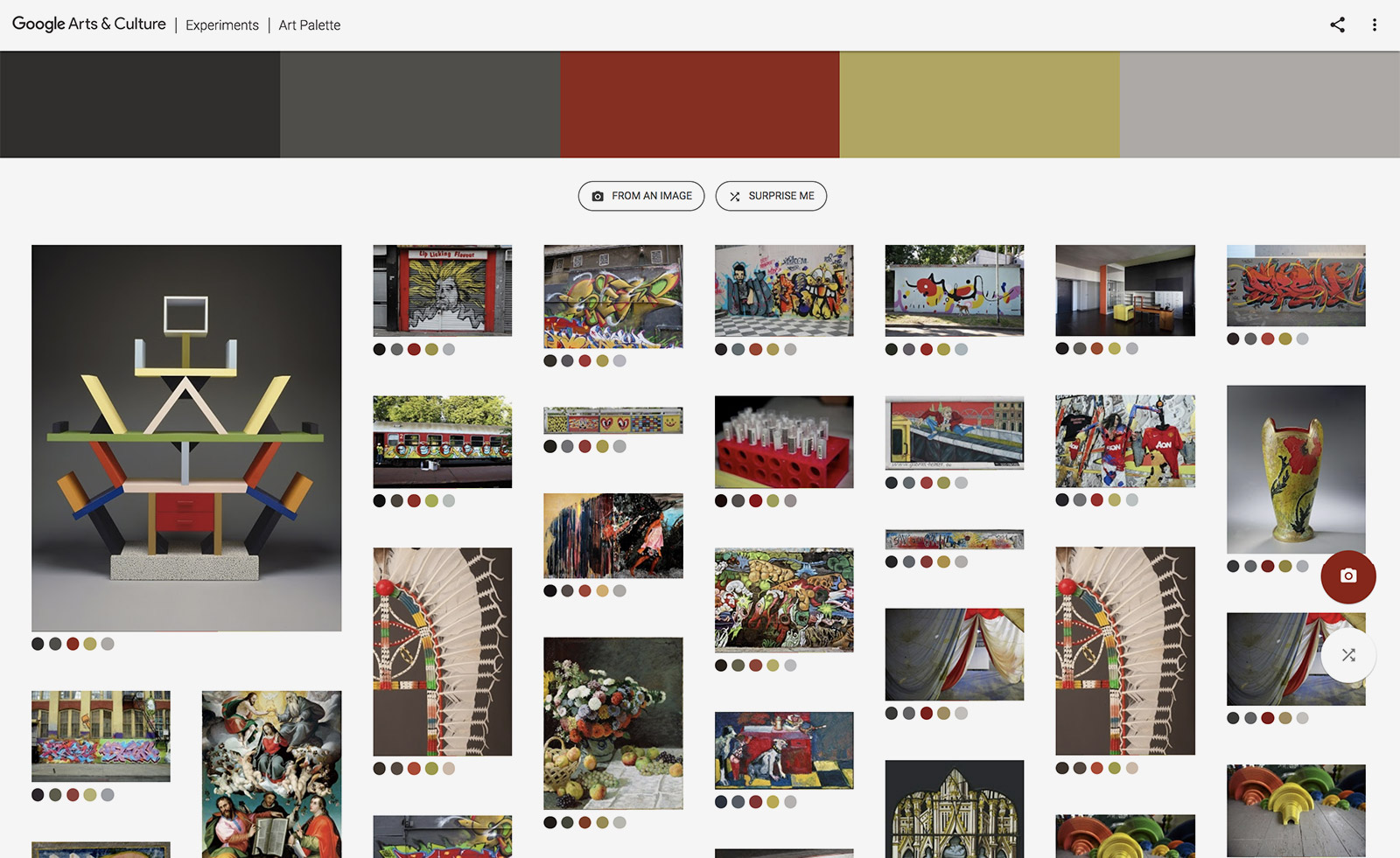
Earlier this year, Google’s Arts & Culture app ignited a viral storm with its ‘art selfie’ feature – social media feeds were awash with selfies of users and their fine art doppelgängers. More recently, Google announced a follow-up experiment: Art Palette, which invites users to select a colour palette, and using a complex combination of computer vision algorithms matches artworks with their chosen hues.
The premise is simple enough – the results, addictively less so. The feature reveals how Van Gogh’s Irises shares a hidden connection of colour with a 16th-century Iranian folio and Monet’s water lilies, or that Ettore Sottsass’ ‘Carlton’ room divider has more in common with Bartolomeo Passarotti’s 1580 painting The Coronation of the Virgin than you might realise. More fun still, users can upload an image of their own – from home décor to fashion – and make visual connections to their immediate surroundings (even Sir Paul Smith’s given Art Palette a whirl).
In addition to Art Palette, the Paris-based Arts & Culture lab revealed two further experiments as part of its ongoing reseach into how AI can be used to enhance culture. LIFE Tags uses Google’s Image Content-based Annotation (ICA) algorithm to scan, analyse and tag over 4 million unpublished photos from the magazine’s archives, from the A-line dress to the zeppelin.
The technology giant also collaborated with the Museum of Modern Art (MoMA) to create an art-recognising programme that used an algorithm to comb through over 30,000 exhibition photos, looking for matches with the more than 65,000 works in the New York institution’s online collection. Over 20,000 artworks were eventually matched, which the museum has used to create ‘a vast network of new links between our exhibition history and online collection’.
Google unveiled its first set of AI-aided cultural experiments in 2016. Since then it has collaborated with institutions and artists, including stage designer Es Devlin, who created an installation for the Serpentine Galleries in London that used machine learning to generate poetry.
It’s no secret we love a Google art remix at Wallpaper*. Last year we teamed up with photographer Brigitte Niedermair and designer Martino Gamper to celebrate textile brand Dedar’s 40th anniversary. The creative duo used Google’s Dominant Colour Lazy Loading – an algorithm that creates a series of placeholder boxes appear while the actual pictures finish loading in search – to render master artists’ work in a new hue, eventually adapting them into decorative wall-hung panels.
INFORMATION
For more information, visit the Google Arts & Culture website
Receive our daily digest of inspiration, escapism and design stories from around the world direct to your inbox.
-
 Inside Christian de Portzamparc’s showstopping House of Dior Beijing: ‘sculptural, structural, alive’
Inside Christian de Portzamparc’s showstopping House of Dior Beijing: ‘sculptural, structural, alive’Daven Wu travels to Beijing to discover Dior’s dramatic new store, a vast temple to fashion that translates haute couture into architectural form
-
 A music player for the mindful, Sleevenote shuns streaming in favour of focused listening
A music player for the mindful, Sleevenote shuns streaming in favour of focused listeningDevised by musician Tom Vek, Sleevenote is a new music player that places artist intent and the lost art of record collecting at the forefront of the experience
-
 Take a tour of the 'architectural kingdom' of Japan
Take a tour of the 'architectural kingdom' of JapanJapan's Seto Inland Sea offers some of the finest architecture in the country – we tour its rich selection of contemporary buildings by some of the industry's biggest names
-
 A forgotten history of Italian artists affected by the HIV-AIDS crisis goes on show in Tuscany
A forgotten history of Italian artists affected by the HIV-AIDS crisis goes on show in Tuscany‘Vivono: Art and Feelings, HIV-AIDS in Italy. 1982-1996’, at Centro per l'Arte Contemporanea Luigi Pecci in Prato delves into the conversation around the crisis
-
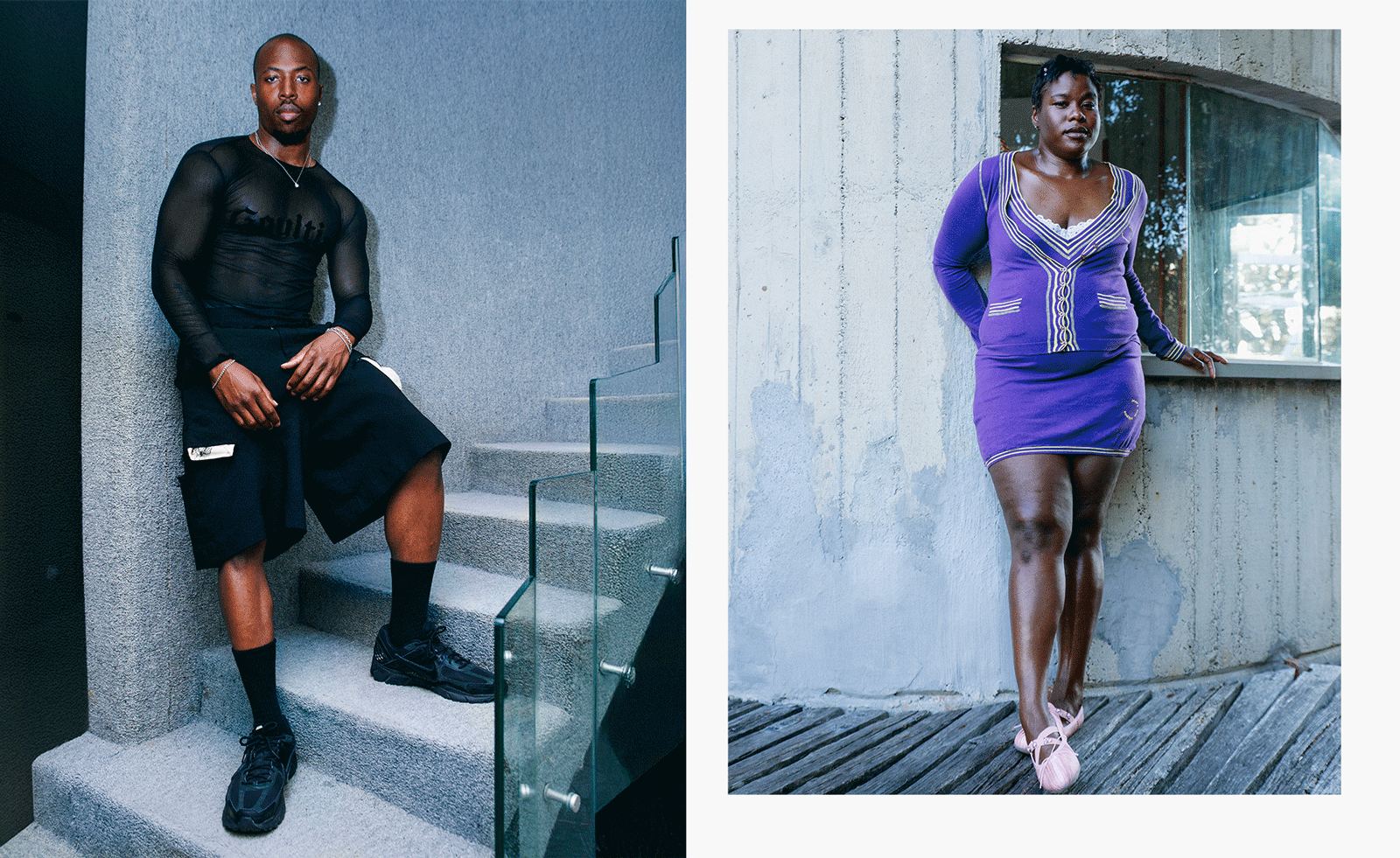 Creativity and rest reign at this Tuscan residence for Black queer artists
Creativity and rest reign at this Tuscan residence for Black queer artistsMQBMBQ residency founder Jordan Anderson sparks creativity at his annual Tuscan artist residency. Wallpaper* meets him to hear about this year's focus.
-
 Photographer Mohamed Bourouissa reflects on society, community and the marginalised at MAST
Photographer Mohamed Bourouissa reflects on society, community and the marginalised at MASTMohamed Bourouissa unites his work from the last two decades at Bologna’s Fondazione MAST
-
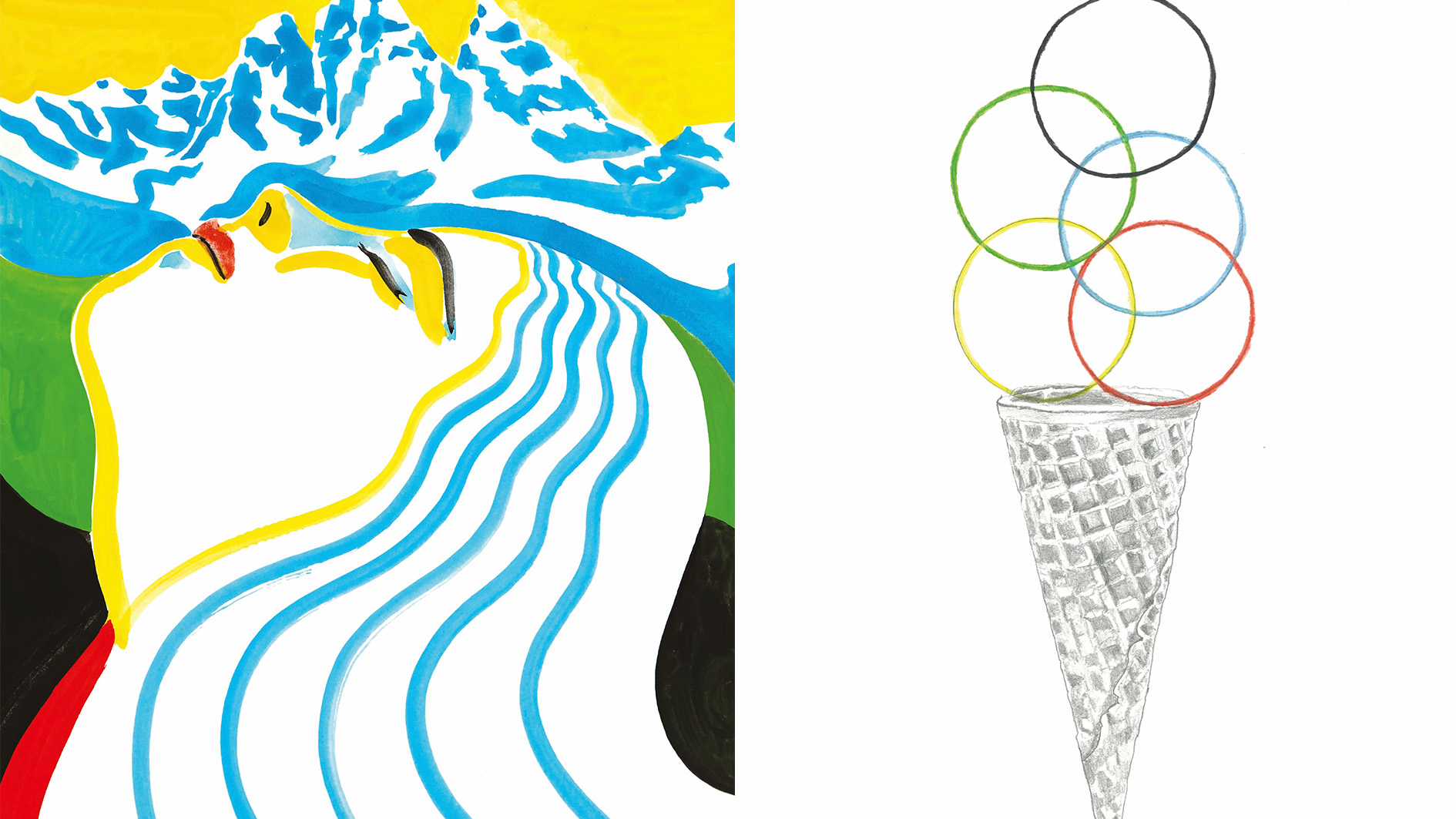 Ten super-cool posters for the Winter Olympics and Paralympics have just been unveiled
Ten super-cool posters for the Winter Olympics and Paralympics have just been unveiledThe Olympic committees asked ten young artists for their creative take on the 2026 Milano Cortina Games
-
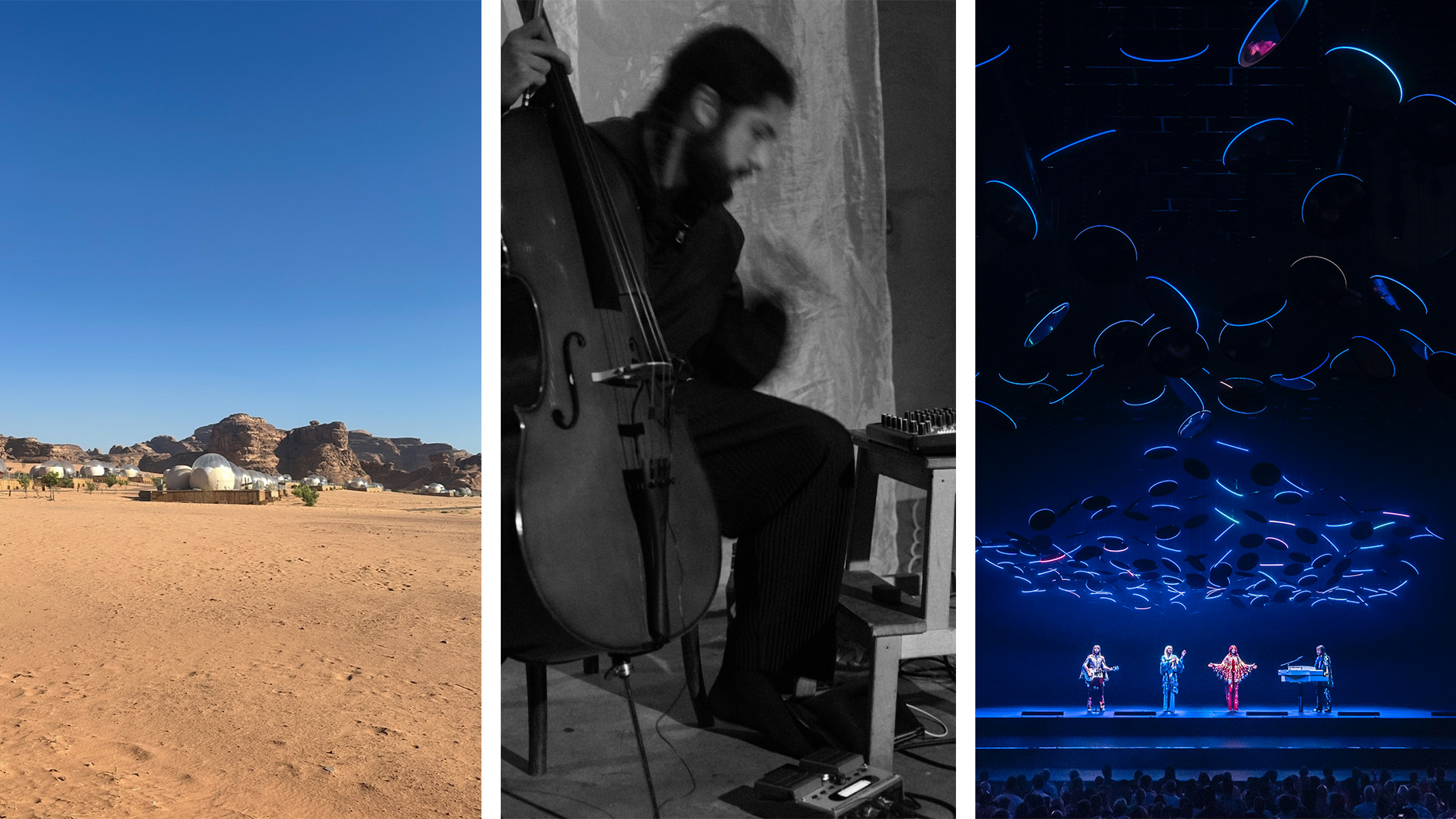 Out of office: what the Wallpaper* editors have been up to this week
Out of office: what the Wallpaper* editors have been up to this weekThis week saw the Wallpaper* team jet-setting to Jordan and New York; those of us left in London had to make do with being transported via the power of music at rooftop bars, live sets and hologram performances
-
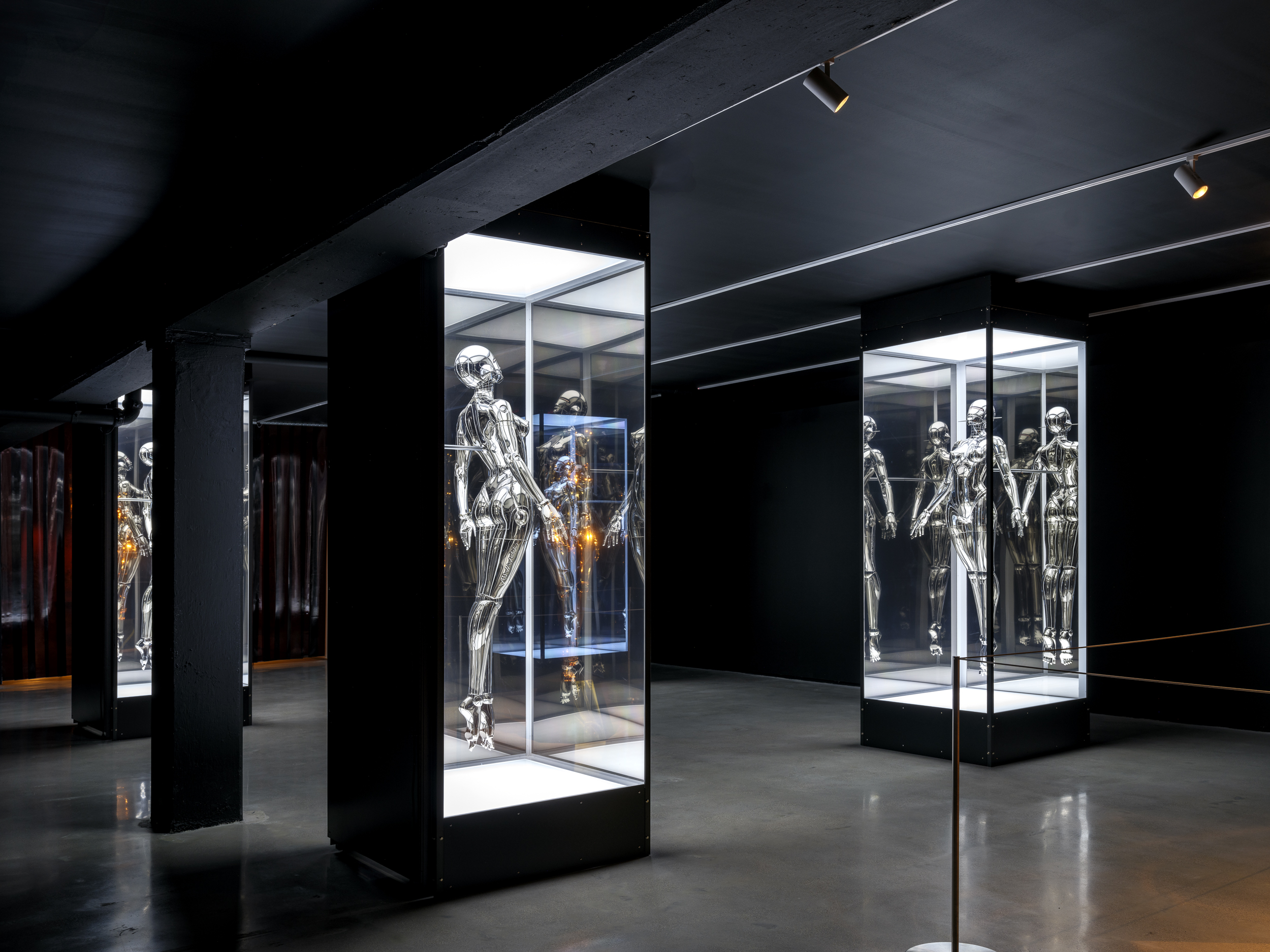 Miami’s new Museum of Sex is a beacon of open discourse
Miami’s new Museum of Sex is a beacon of open discourseThe Miami outpost of the cult New York destination opened last year, and continues its legacy of presenting and celebrating human sexuality
-
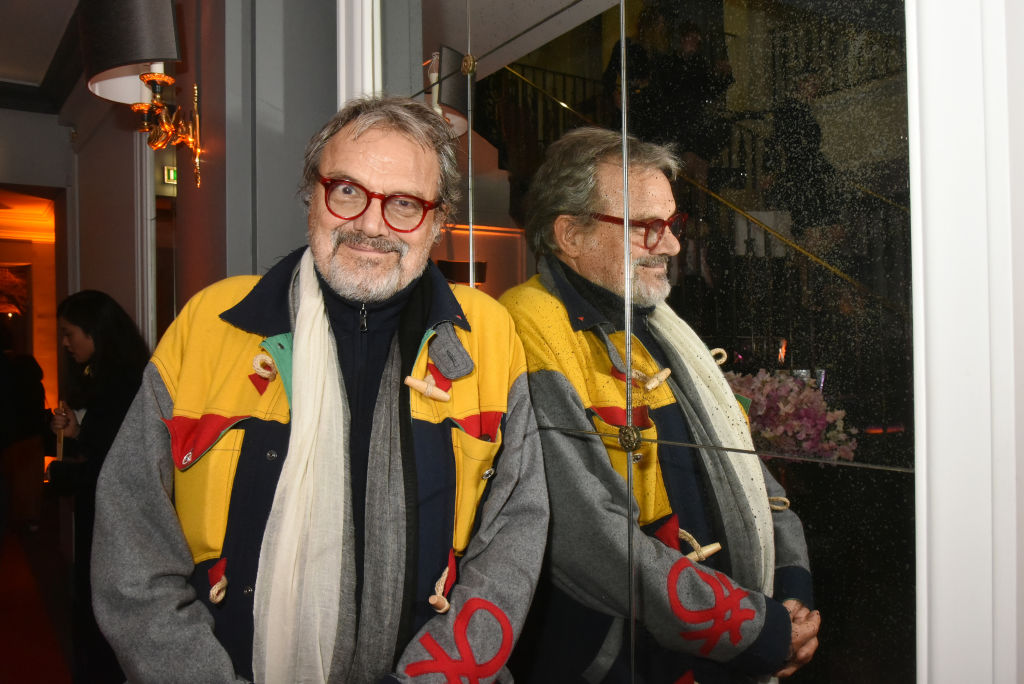 Remembering Oliviero Toscani, fashion photographer and author of provocative Benetton campaigns
Remembering Oliviero Toscani, fashion photographer and author of provocative Benetton campaignsBest known for the controversial adverts he shot for the Italian fashion brand, former art director Oliviero Toscani has died, aged 82
-
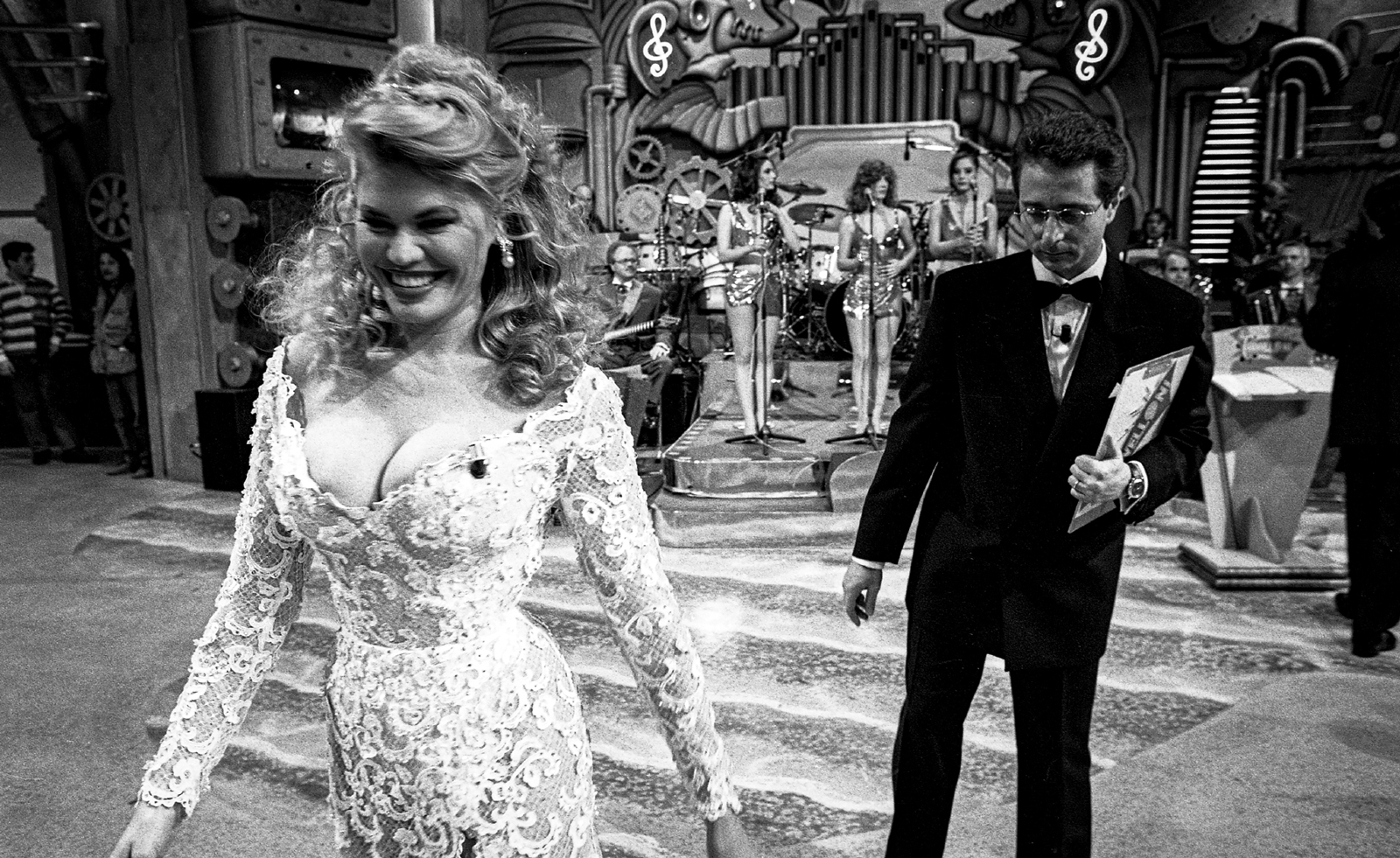 Distracting decadence: how Silvio Berlusconi’s legacy shaped Italian TV
Distracting decadence: how Silvio Berlusconi’s legacy shaped Italian TVStefano De Luigi's monograph Televisiva examines how Berlusconi’s empire reshaped Italian TV, and subsequently infiltrated the premiership